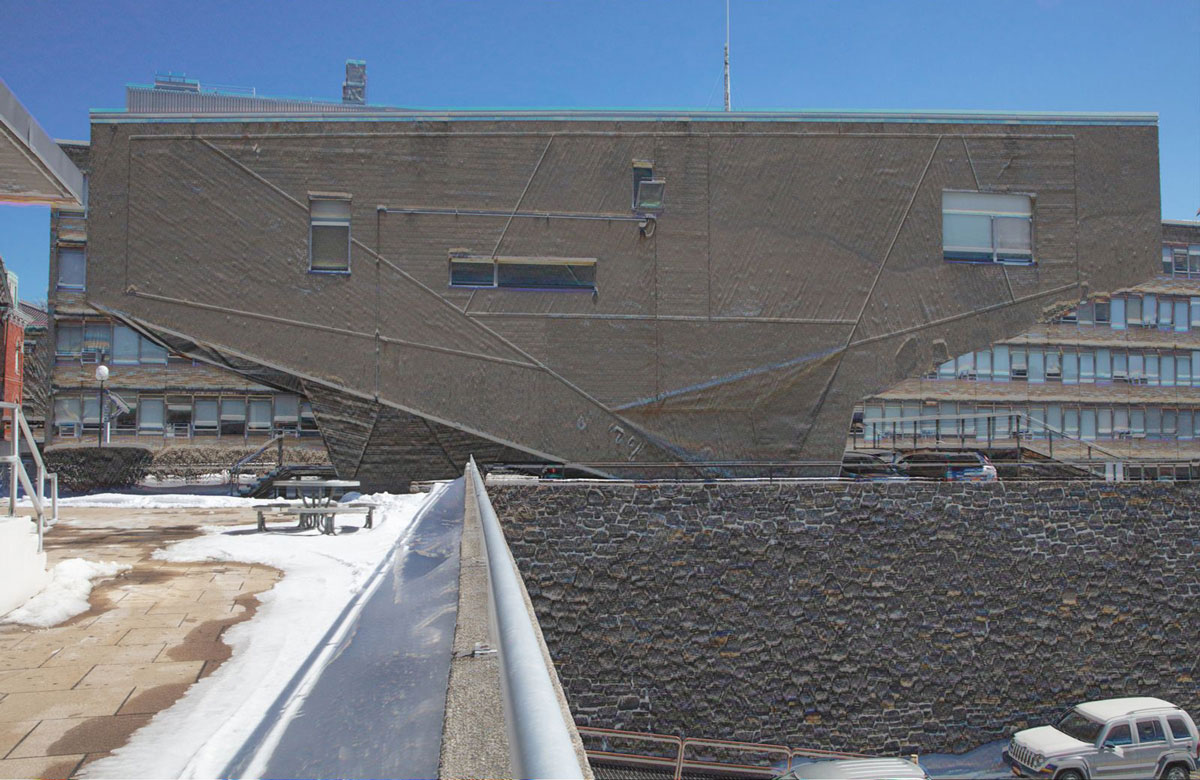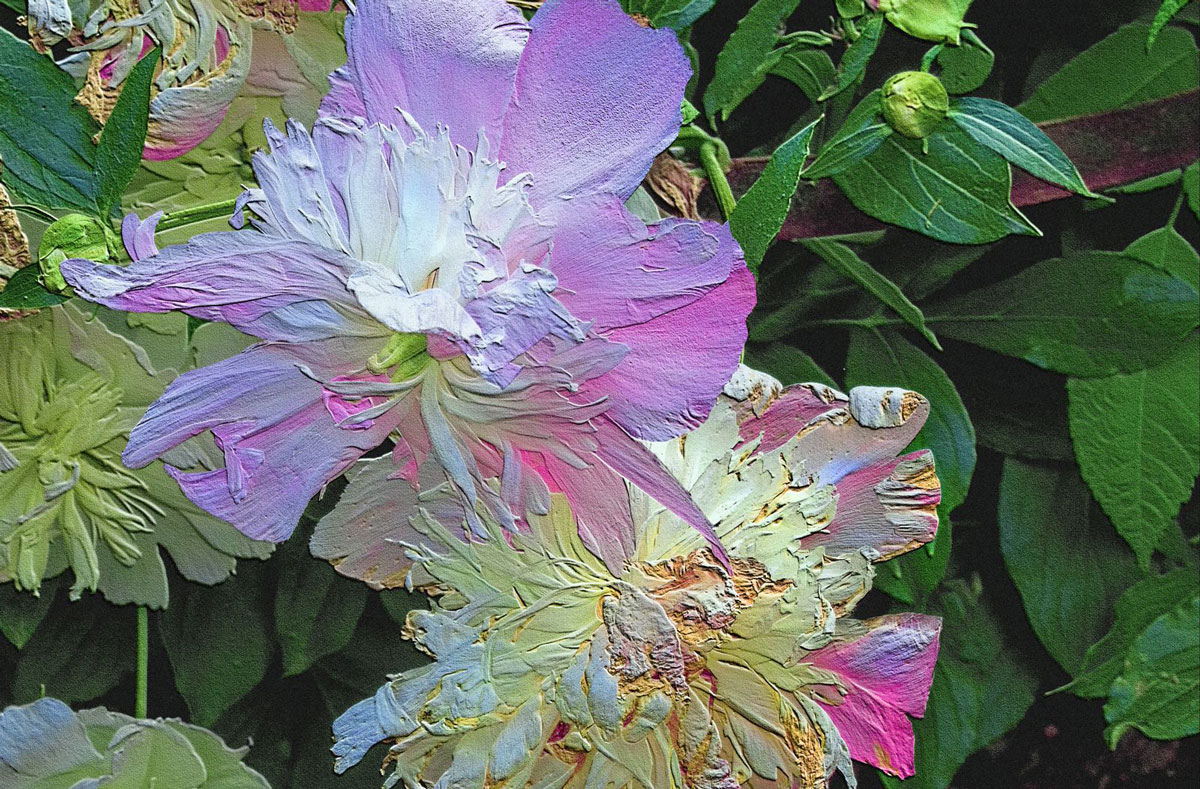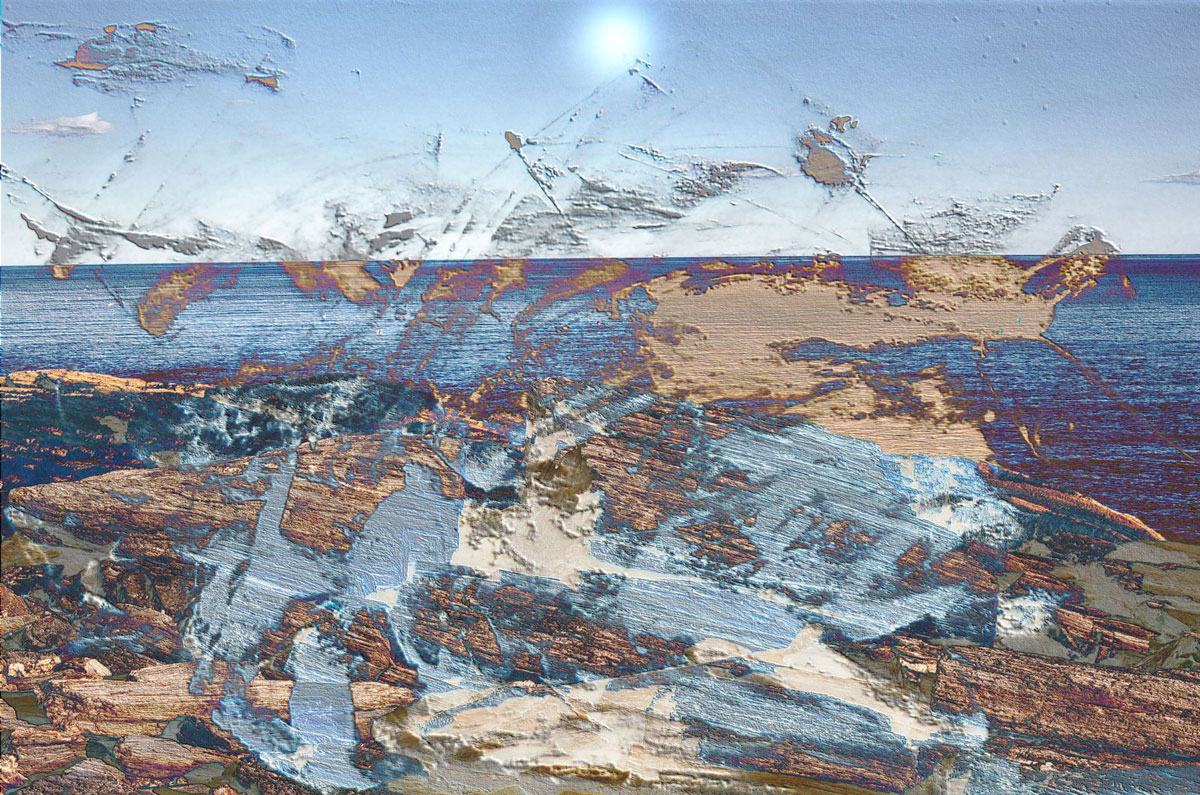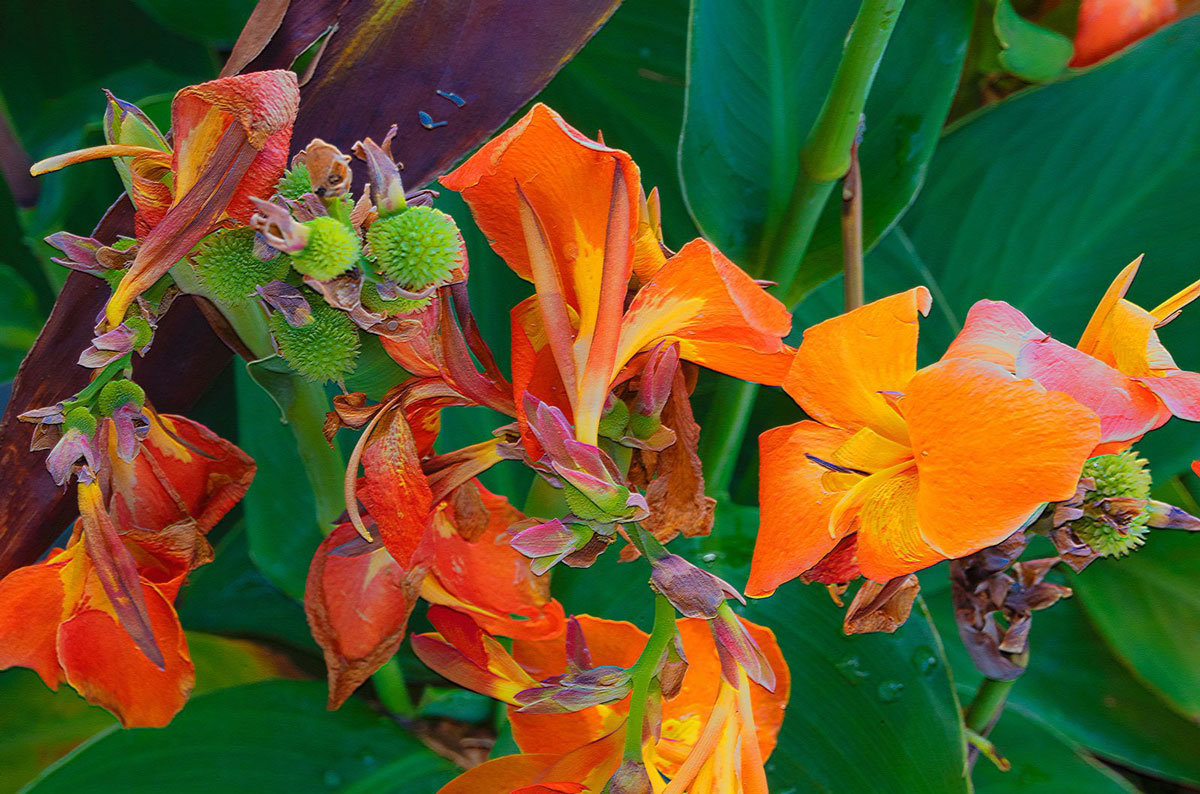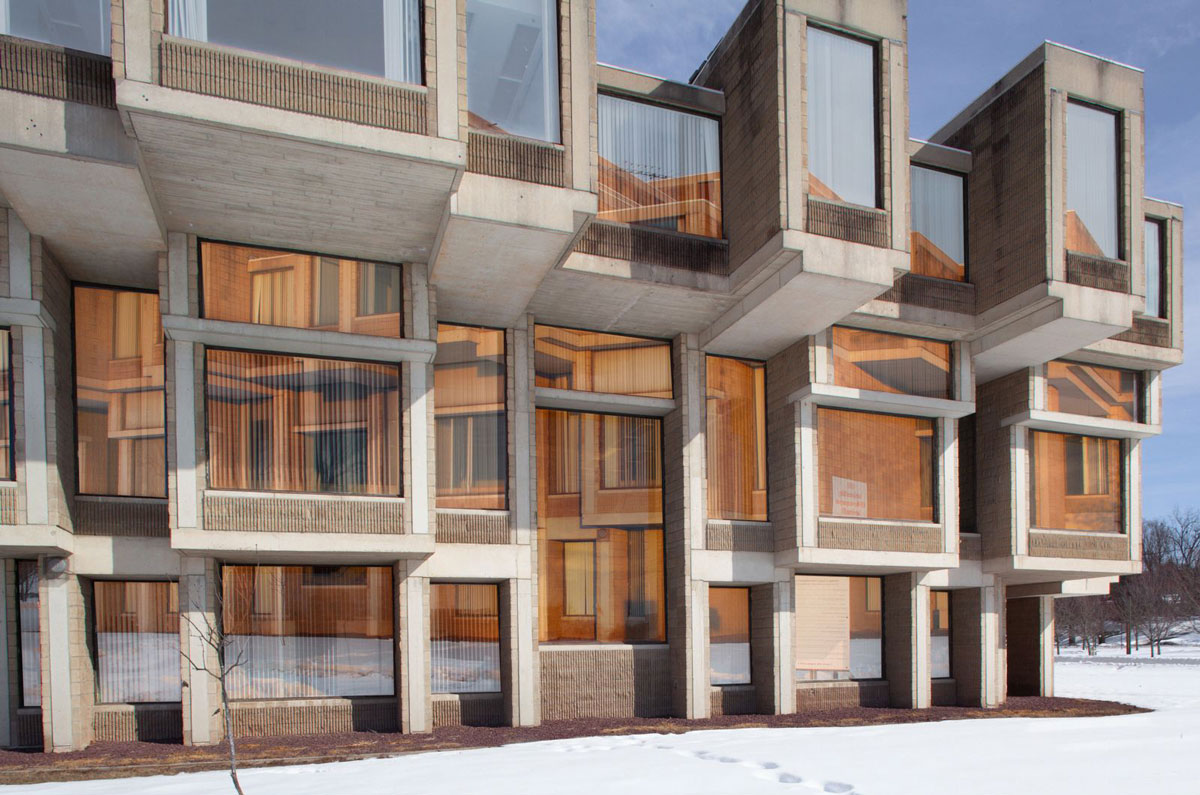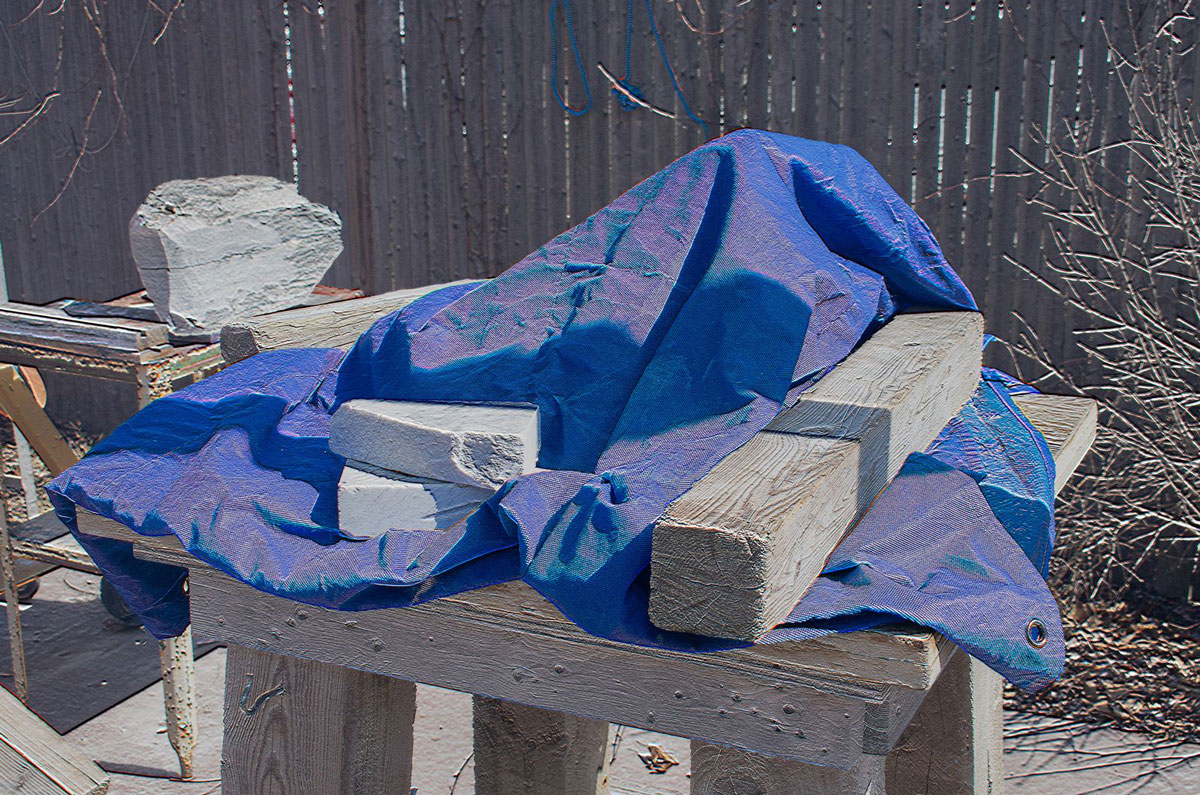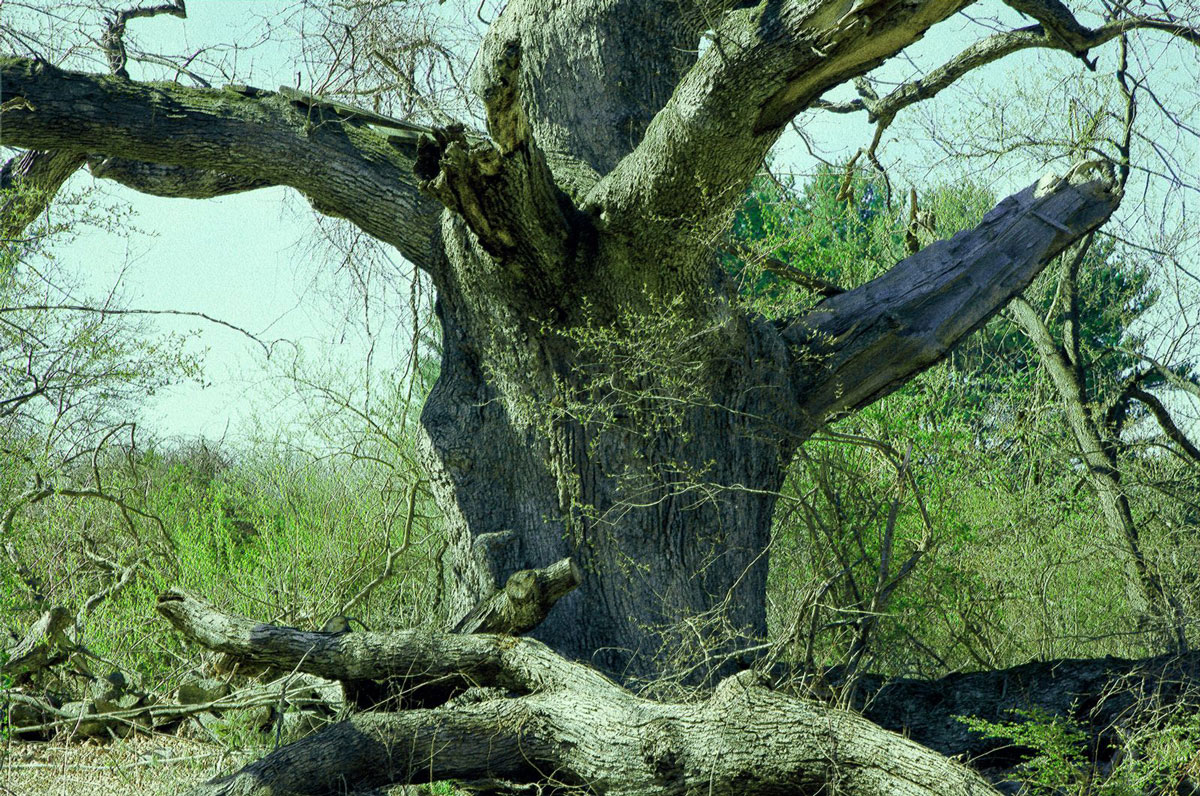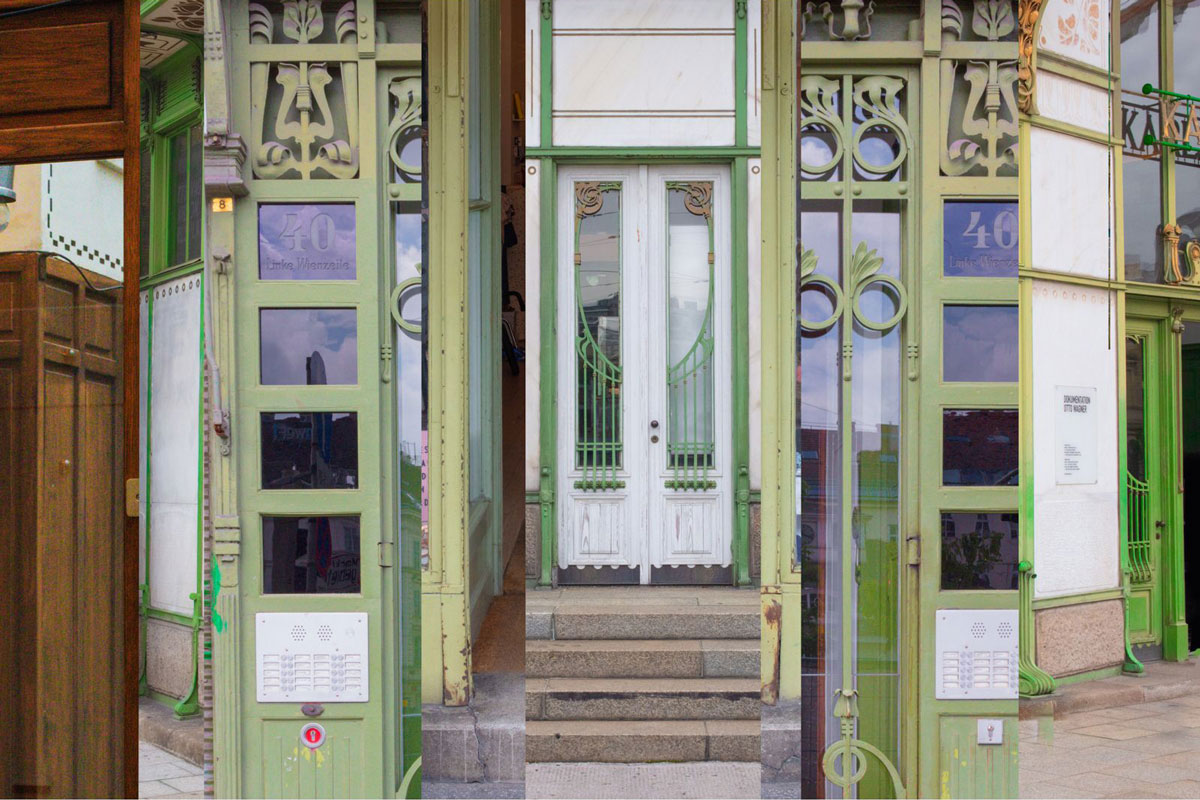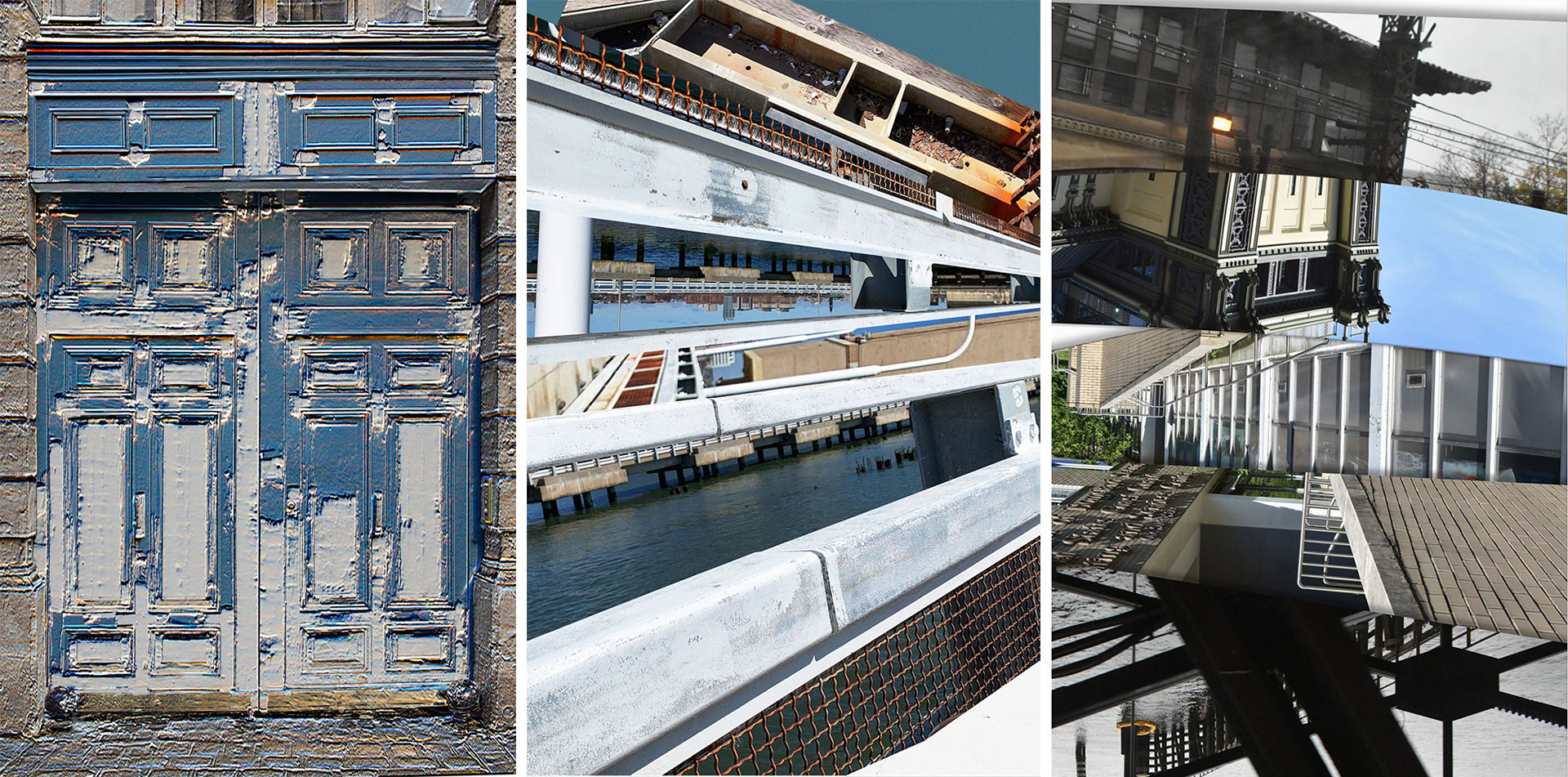PHOTO: James Welling-Thought Objects
James Welling has been questioning the norms of representation since the ‘70s. His work centers on an exploration of photography, shuffling the elemental components of the medium to produce a distinctly uncompromising body of work. Welling is also intensely interested in cultural and personal ideas of memory in his work.
By Dimitris Lempesis
Photo: David Zwirner Gallery Archive
Since the 1970s, when he was a student at the California Institute of the Arts, Welling has become known for a relentlessly evolving body of images that considers both the history and technical specificities of photography. His work signaled a break with traditional ideas of photography by shifting attention to the construction of images themselves. In his sοlo exhibition “Thought Objects” James Welling presents a group of loosely connected works, achieved through a range of digital processes, that together extend Welling’s ongoing investigation into what a photograph can be. Taking his long-standing interest in experimental procedures, such as 1960s psychedelic imagery, as a starting point, with these images Welling expands his inquiry into how these historic analog processes can be modeled in the digital environment. Borrowing from the physicality of printmaking, the artist marshals the digital tools available to him in unconventional ways to create compositions that are alternately built up in layers, over-saturated, collaged, reticulated, and tonally inverted. While the works in the exhibition echo subject matter from earlier series, including modernist architecture, flora, and abstraction, Welling’s pictures ultimately gesture towards the process of their own making. United in their physical appearance, each work is printed in UV-curable ink—which results in a vibrant, almost painterly application of color—and presented with an artist-designed armature that causes the thin panel to appear to float just off the wall, thereby emphasizing their object-quality and imbuing them with a feeling of immateriality that is inherent to the digital realm. In 2021, Welling began working on a group of digitally collaged images composed of thin strips excised from different photographs of the same location, aligned in such a way that they read as a coherent image of the place while also appearing abstracted, as though flash-cut from an impression or memory. In photographs such as “Pier 24” and “The Battery” (both 2021), Welling pieces together fragments in varying orientations within a vertical composition, bolstering them with digitally rendered shadows. Likewise in “40 Linke Wienzeile” (2017/2021) and “The Salk Institute” (2015/2021), he revisits his own images of these two iconic architectural sites, deconstructing and reconstituting them as impressionistic renderings that incite in the viewer an uncanny sense of both recognition and disorientation. Welling deploys the notion of collage in a different way in an image of architect Paul Rudolph’s Orange County Government Center in Goshen, New York, which he photographed prior to its 2015 demolition. Here, he combines a morning exposure and an afternoon exposure of the brutalist structure—which appeared in the background of several of his “Choreograph” (2014–2020) photographs—to create an image of the building reflecting itself, a play on the notion of photographic self-reflexivity. Similarly, in “Cubi XXII” (2023)—shot on the Yale University campus—a stainless-steel David Smith sculpture provides a kind of scaffolding, mirroring the concrete and glass surface of adjacent Rudolph Hall. Welling’s work with photographic layers in the digital realm is informed by his decades spent working in analog photography, shooting on film and making prints in the darkroom. In 2022, while making his Cento, photographs of ancient statuary hand-inked with oil-based paint, Welling became interested in the dappled and uneven patterns left behind on the sheets of newspaper that he used to clean his rollers. He started to photograph these accidental offset prints, and used these as the basis for new works. In “Hansaviertel Apartment Building” (2017/2022), an Alvar Aalto structure in Berlin is overlaid with one such chance impression, retaining the edges of the newspaper as though it were a sieve through which the scene is filtered. In “Prouts Neck near Winslow Homer’s Studio” (2015/2023), the patterning added on top of a photograph of the area of coastal Maine where Winslow Homer worked seems to conjure the seascapes of painter John Marin. An orange and blue offset print overlaid on an image of the neutral-toned Le Corbusier–designed 1928 home in “Staircase, Villa Savoye” (2020/2022) gives the image a grainy quality that recalls the inadvertent overprints found in makereadys or in double exposures. In another group of images, Welling repurposes digital processes designed to sharpen pictures to create distortions, causing the photographs to appear as dimensional bas-reliefs. In works such as “Paeonia” (2021/2022) and “Canna Lily” (2021), flowers—an enduring subject for the artist—uncannily seem to extend outward from the work’s surface, and in “Oak” (2013/2023), a vast tree separates from its verdant surroundings. Finally, in other images, including “The Royal Salt-Works of Arc et Senans” (1988/2023) and “Annunciation Priory” (2023), Welling takes these manipulations further, bringing together positive and negative images of the same subject to create heavy, almost cartoonish black outlines and strong primary colors. As in all of his “Thought Objects”, Welling’s novel and unexpected transformations, achieved with simple digital tools, underscore the fluidity and malleability of photographic images.
Photos: James Welling, from the series “Thought Objects”, 2021-2023, © James Welling, Courtesy the artist and David Zwirner Gallery
Info: David Zwirner Gallery, 533 West 19th Street, New York, NY, USA, Duration: 11/1-10/2/2024, Days & Hours: Tue-Sat 10:00-18:00, www.davidzwirner.com/
